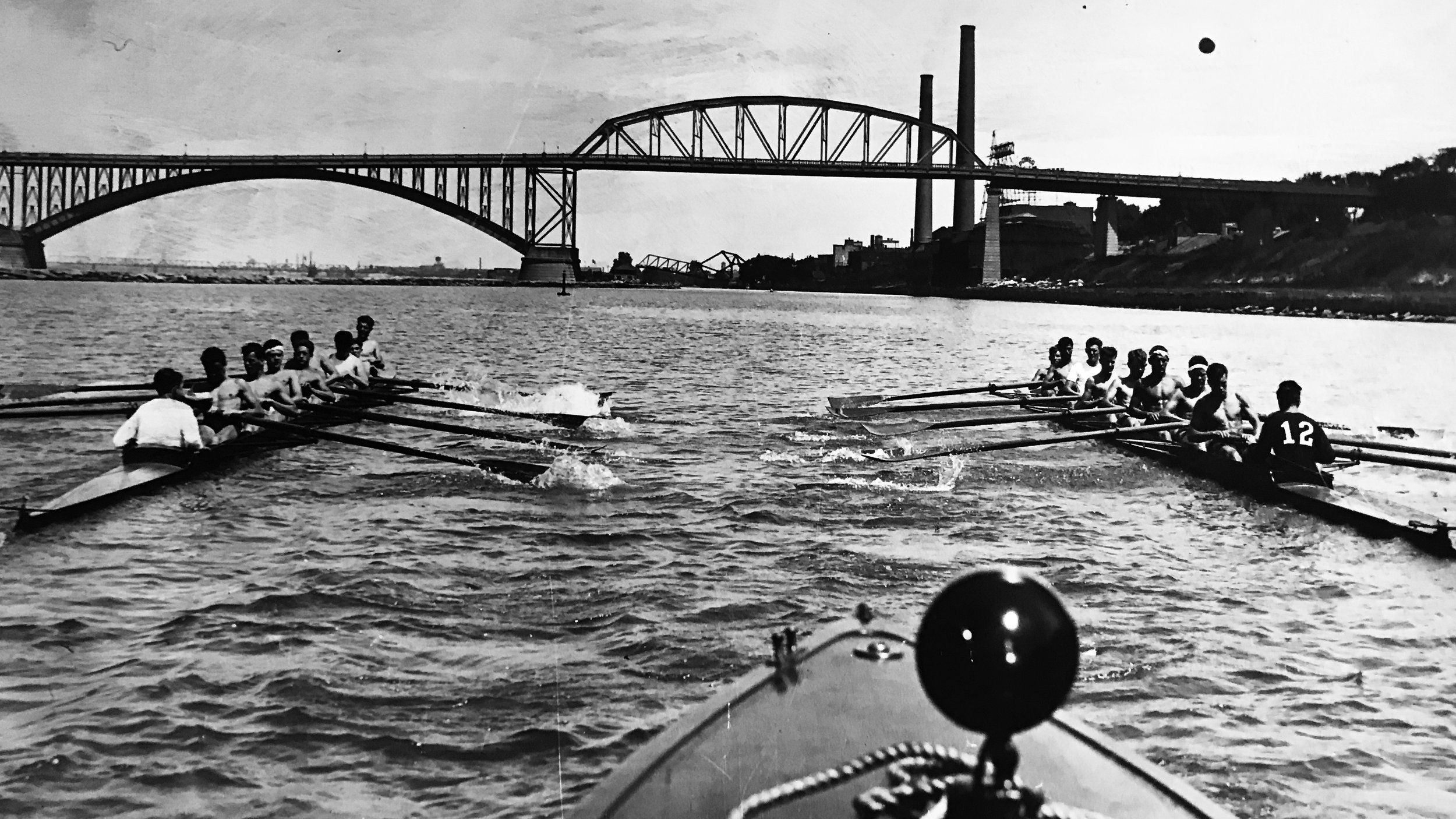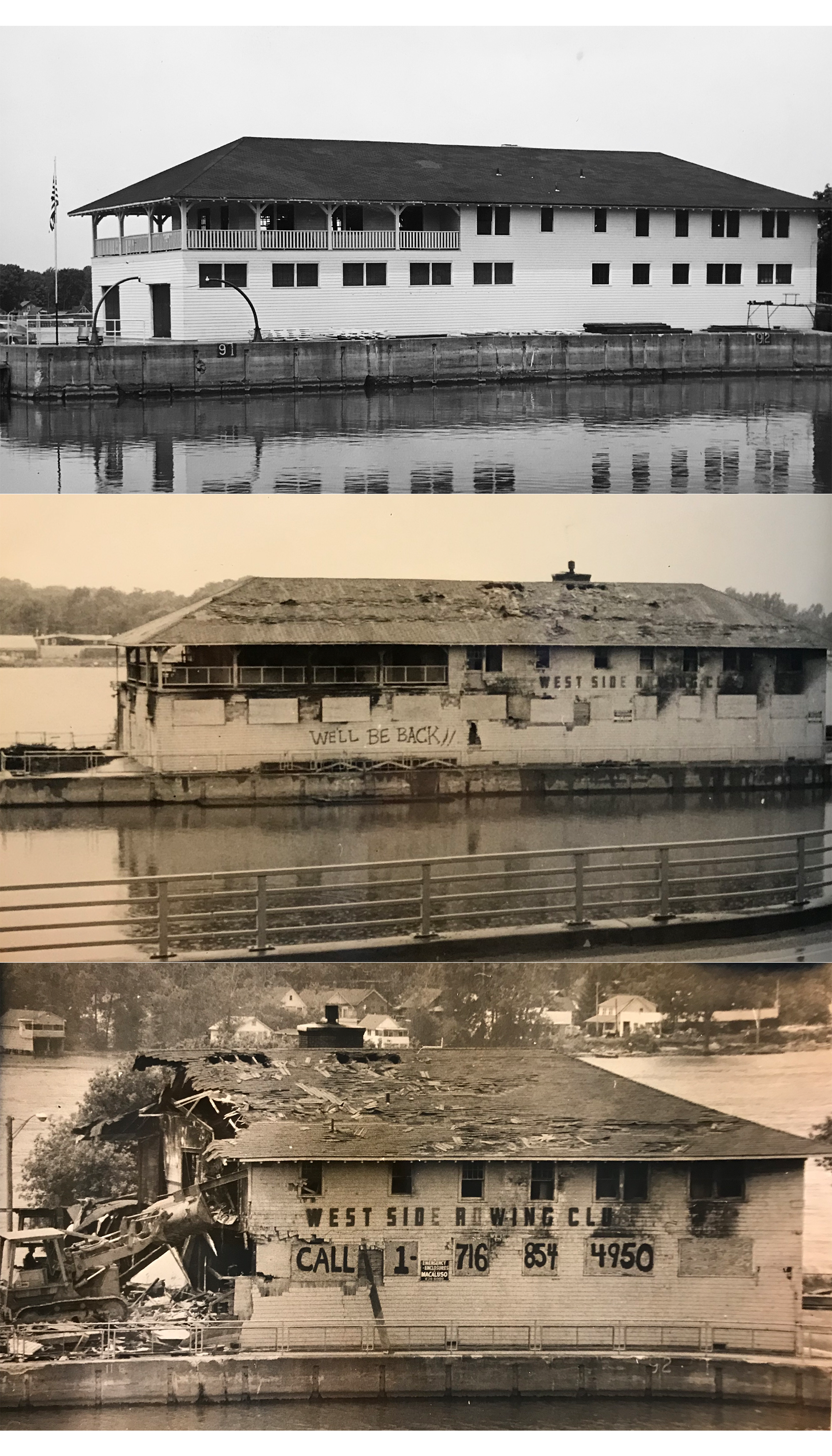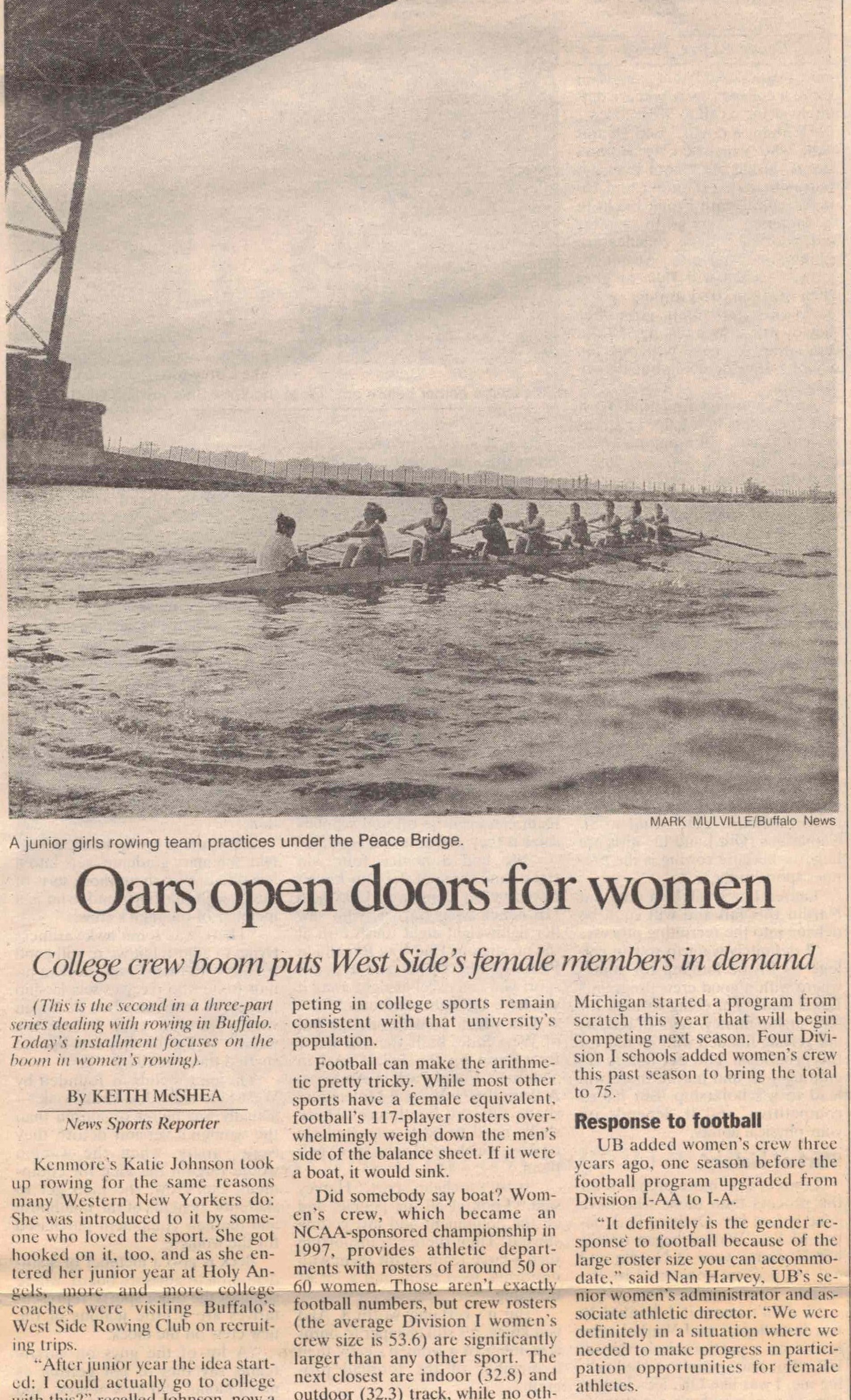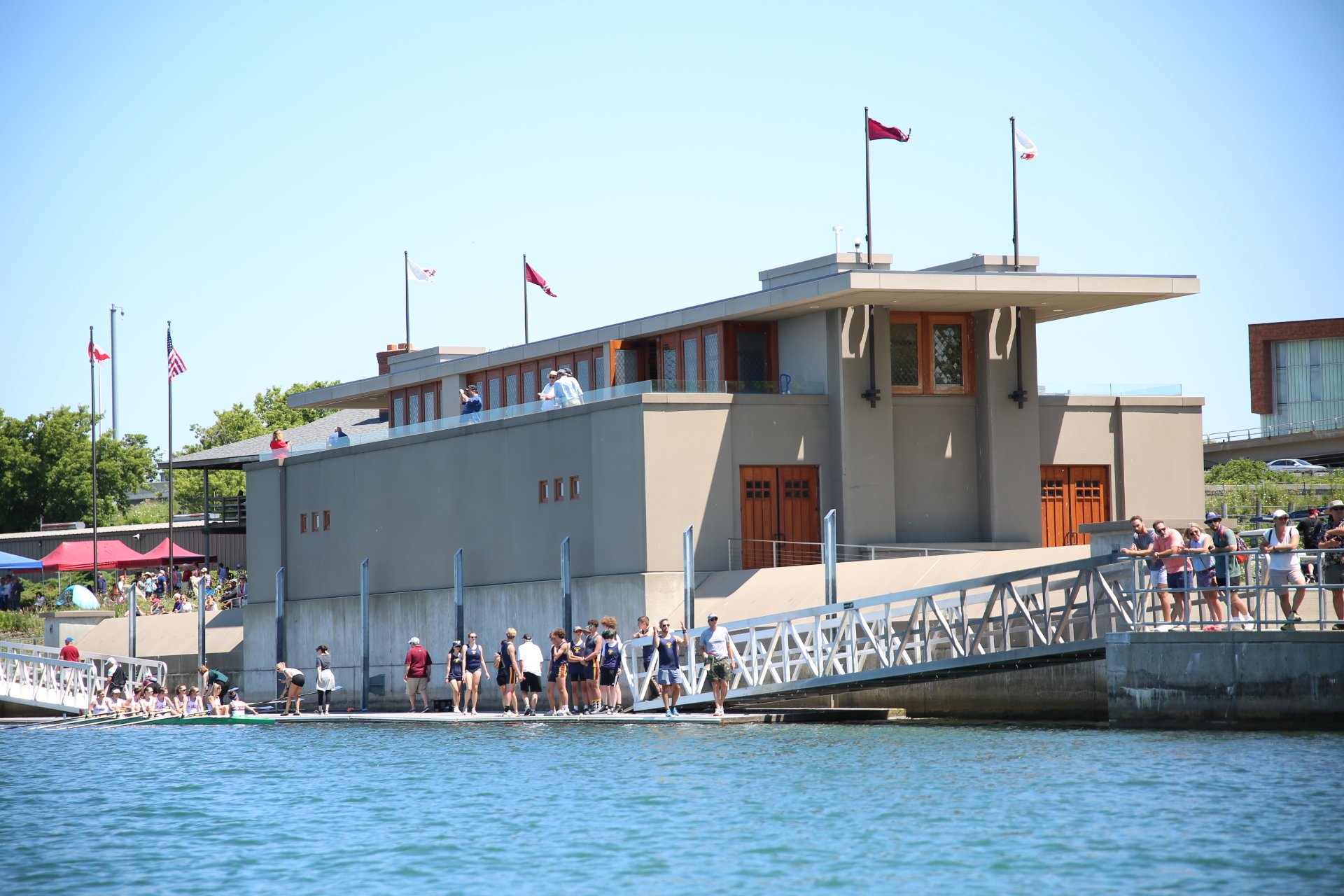west side rowing club
history
1912-1975
Coming into the 20th Century Buffalo, NY, was a prosperous city. By 1912 the Buffalo Association of Amateur Oarsmen recognized several rowing clubs, including the Mutual Rowing Club, the Celtic Rowing Club and the Lighthouse Rowing Club. When the B.A.A.O. met on August 26th, 1912 to accept entries for the upcoming Labor Day Regatta, the entry of Louie Peterson of the West Side Rowing Club was submitted. This was the first time West Side had ever been heard of.
The construction of the first West Side boathouse was led by Michael J. Byrne. The Club’s founders were able to secure a location on Unity Island, a largely abandoned Island off the city’s west side. With a shelter for storing shells setup on Unity Island, the next step was to acquire shells for use. The first boats the Club owned came from Columbia University and the Union Boat Club in New York City. Byrne had arranged for their purchase and transportation on the Erie Canal.
Byrne did the Club another great favor when he brought his apprentice plasterer, Mike Broderick, to West Side in 1913. The two of them served as West Side Presidents for a combined total of 38 years.
By 1918, the United States was heavily involved in World War I. The number of young, healthy men remaining in Buffalo had reduced drastically. West Side had become the sole remaining rowing club in Buffalo.
Although started as a men’s club, the West Side Rowing Club has a long tradition of youth rowing. In 1921, West side started public high school rowing and was the first club in the country to sponsor public schools. As a result there was a constant supply of new rowers coming into the Club.
In the mid-1920s the Club had to vacate its original site due to expansion of the sewer disposal plant. With nowhere to go, the City of Buffalo authorized the building of the new boathouse south of Ferry Street.
Following the Second World War, the West Side Rowing Club experienced a period of stable growth. With a new location on Unity Island and the Baby Boom taking full effect, the Club was able to grow membership at a consistent pace. As membership grew, the Club’s equipment and facilities also improved.
Up until as late as the 1970s, the West Side Rowing Club was still exclusively for boys and men. The existing programs managed to keep the second boathouse at capacity.
1975
WEST SIDE
FIRE
On July 31st, 1975, a truck driver was traveling down US 190 S when he noticed flames erupting from the Rowing Club. Thirty minutes later, the Edward M. Cotter fireboat arrived to extinguish the inferno.
At this time, the Rowing Club was equipped with inadequate fire safety systems. As rowing shells were constructed from wood at the time, the fire spread easily. The building was a complete loss.
Immediately after the fire, efforts were launched to acquire land for a new facility. It was decided to move off of Unity Island and relocate to the mainland. The current site was identified, but it was subject to a permit from the Federal government and getting the rights to it was deemed next to impossible. The next four years were spent dealing with the State Legislator, the New York Thruway Authority, the City of Buffalo and six state agencies in order to get title to the land on which the Club now sits.
Much of the work in building the new facility was done by existing members because of a shortage of funding. The building was completed and dedicated five years to the day after the fire. The Mayor of Buffalo at the time, Jimmy Griffin, called the facility the first waterfront improvement done without government money.
A NEW ERA
1975-2007
The new building significantly increased the space the Club had at the time it was most needed. With women’s rowing being an event at the Olympics for the first time in 1976, West Side had built the new campus to accommodate the new demographic.
The Club would move into the modern era from its new location. The 1980s and 1990s were filled with several Canadian Henley wins and other medals being brought home. The equipment that was damaged or lost in the fire was slowly replaced.
Women’s rowing crews increased substantially during this time as rowing became a more diverse sport. Crews of young women began changing the culture at West Side for the better.
For decades, the West Side Rowing Club was a men’s club that was significant for supporting youth rowing. By the new millennium, West Side was creating new opportunities for people.
Women’s rowing started in 1978, and, as of 2022, Women’s Rowing outnumbers men’s.
2007-PRESENT
In 2007 it was decided the Club was in need of an expansion. Using plans originally designed for the University of Wisconsin, West Side was able to raise funds to build a new building: The Fontana Boathouse. Designed by Frank Lloyd Wright, the Fontana Boathouse can hold over 20 additional shells, 8 sets of oars, and features a meeting space on the second floor for events.
Recently, the Club has undergone hiring of our current full time staff: Ian Suchan and Kirk Lang. With a full time staff, West Side has been able to make great strides in our community outreach programs.
With a growing community and support network, West Side has managed to grow from a small wooden shack in 1913 to a prosperous campus of both learn to row programs and some of the fastest competitive crews in the country.

become part of
our history
The best part of our history is that it’s still being written. A rowing club does not exist for over 110 years without generations of people who decided they wanted to try something new and be part of something greater. Learn more about our programs by clicking below.












